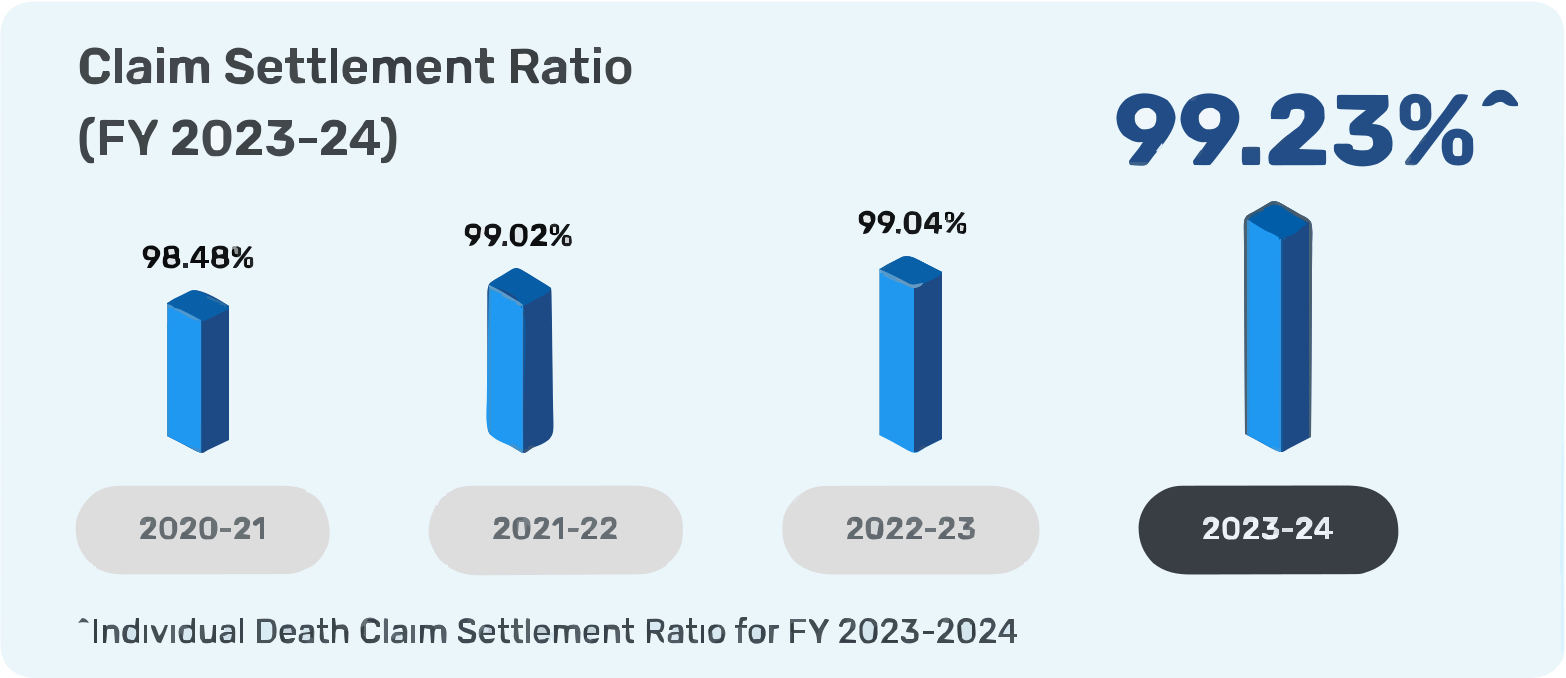As mentioned earlier, there are various investment plans available in the market. To choose the right plan, here are some factors that can be considered –
The risk involved
Check the risk involved in the investment plan and assess whether you have the appetite to tolerate the involved risk.
For instance, equity-oriented investment plans, like equity shares, mutual funds and equity funds in ULIPs, have a high-risk profile. Choose these investment avenues only if you have a healthy risk appetite. Otherwise, you can consider less risky avenues like a fixed deposit or endowment insurance plans.
Return potential
Understand the return potential of the investment avenue that you are considering. An avenue that offers good returns is a good choice since it allows you to grow your savings effectively.
However, the return potential vis-à-vis the risks involved must be assessed. High-risk investments can give higher returns but might not suit your risk appetite. So, choose investments based on their risks and returns.
Investment horizon
Check the investment horizon of the investment avenue. Ensure that it aligns with your investment horizon. For instance, if you want to save for the short term, choose liquid avenues, like savings accounts, liquid mutual funds, etc. On the other hand, if you have a long-term investment outlook, you can choose avenues with a long-term horizon.
Financial needs
Choose investments that are suitable for fulfilling your financial goals. Try to earmark investment avenues for particular goals so that you can easily create a corpus for them.
Investment amount
There might be a minimum investment amount in some avenues. Check the amount and ensure that it aligns with your savings.
Tax benefits
Lastly, assess the tax benefits of investment avenues. Choose avenues that can help you save the maximum amount of tax so that you can invest and reduce your taxes, too.
































 An ISO 9001:2015
An ISO 9001:2015 

